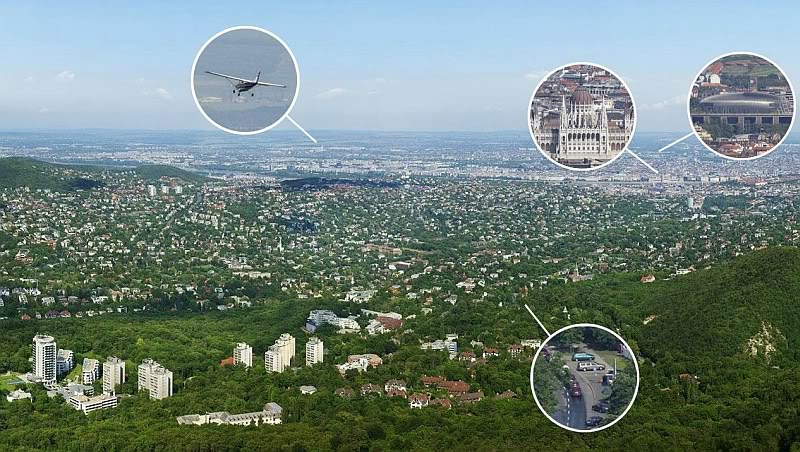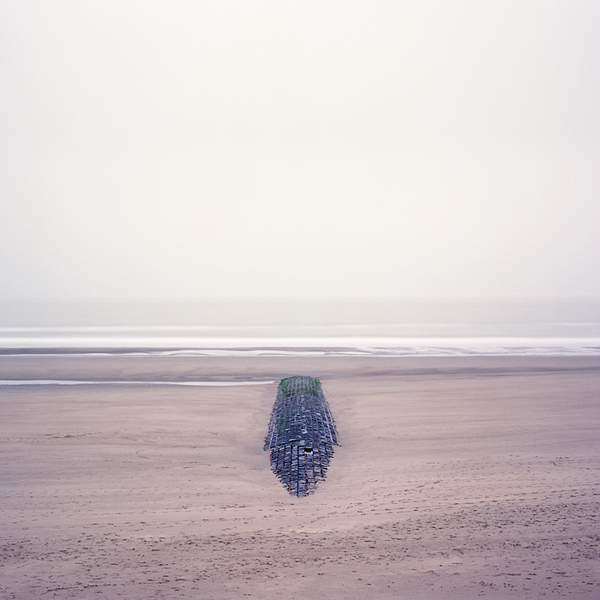Iconography: to see the invisible
 From ancient times, icon painting served as a “language for the illiterate” —a special language with its own rules and symbolism. For centuries, master-icon painters have brought it to perfection, trying to convey the spiritual otherness by material means. That is why icon painting is still considered to be the most difficult and rarest art in which human capabilities and divine beginnings are combined.
From ancient times, icon painting served as a “language for the illiterate” —a special language with its own rules and symbolism. For centuries, master-icon painters have brought it to perfection, trying to convey the spiritual otherness by material means. That is why icon painting is still considered to be the most difficult and rarest art in which human capabilities and divine beginnings are combined.
The copy (from the icon and write), also iconography, isography – a type of Christian church painting, designed to create sacred images – icons.
Such works replaced the written word with paints, just as the Gothic cathedral translated into visual language the scholastics and the secrets of alchemy.
What is an icon?
The ancient Greek word “icon” (εἰκών) is translated as “image”, “image”, “similarity”. But as a work of icon painting, an image written on a blackboard is usually considered.
Icon painting. Icons
The icon is often called the “book of faith” and “theology in colors.” Throughout the history of Christianity, she served as a symbol of people’s faith in God and his help.
Therefore, the icon does not depict anything, it only shows a prototype. Its purpose is to reflect the divine essence in human form.
Hence the need for a strict system of writing sacred images – the iconographic canon. They determined the composition of the image: how to write the plot, the faces and their actions, the environment, what is the compositional decision.
Positions of iconoclasts and iconographers
The misunderstanding of the symbolic nature of the icons led to the debate on icon worship in the 8th and early 9th centuries. The iconoclasts condemned the veneration of icons, considering them idols, and their worship as idolatry.
This position was based on the Old Testament commandment: “Do not make yourself an idol and no image of what is in the sky above, and what is on the earth below, and what is in the water below the earth; do not worship them and do not serve them … ”Besides, she was supported by real events – people were often surrounded by icons of superstitious worship and fetishism. The words of Anastasia Sinait are indicative even in the pre-iconoclast period: “Many people think that baptism is honored enough for those who, having entered the church, will kiss all the icons without paying attention to liturgy and divine service.”
Icon icon readers restored the ancient understanding of the essence of the image, when:
The icon was seen as a visible image of the invisible world.
According to John Damascus, “icons are the visible and invisible without a figure, but physically depicted because of the weakness of our understanding.” Through icons, divine revelations dimly appear through us. Thus, the veneration of icons was enshrined in the dogma (indisputable truth) of the Seventh Ecumenical Council of 787.
The birth of icon painting
The creation of the first man-made icons is connected with the apostle and evangelist Luke, who, being not only an educated man, a doctor, but also an artist, wrote the first image of the Mother of God.
The classic birthplace of iconography is Byzantium. It is from here that iconographic art, together with the Christian faith, comes first to the Balkan countries and then to Russia. Under the influence of the Byzantine artistic culture, entire national cultures, including Old Russian, took shape, and the iconography of all Orthodox countries developed: Bulgaria, Macedonia, Serbia, Russia, Georgia, Syria, Palestine and Egypt. The culture of Italy, especially Venice, came under the influence of Byzantium.
The earliest icons of the 6th — 7th centuries, “Christ Pantocrator (Almighty)”, “Apostle Peter”, “The Virgin and Child”, preserved the ancient technique of encausticism (wax was the binding substance of paints). This makes them related to the masterpieces of Egyptian-Hellenistic art – Fayum portraits. From them, Christian images inherited large eyes with a seal of detachment and a golden background.
The folding of the Christian image
After the iconoclastic times, the Hellenistic tradition is reworked and adapted to Christian doctrine. Antique naturalism disappears, the image becomes more conditional, faces are replaced by faces. The reverse perspective is used, that is, the vanishing point is located not in the depth of the image, but in the person standing in front of the icon, and a timeless image. There is no source of light (the whole icon is luminous) and the figures do not cast shadows, for in the Kingdom of God there are no shadows. All these features of the image were designed to separate the “high” (heavenly) world from the “faraway” (earthly) world. For this, it was also forbidden to write in the iconography of the Mother of God, Christ and other saints from living people or according to the artist’s imagination, but only in accordance with the iconographic canon. Therefore, they used “originals” – special guidelines for icon painters, where each plot is verbally described.
The icon of the Vladimir Mother of God became the symbol of its era. Having got from Constantinople to Kiev at the beginning of the XII century, the icon in 1155 was removed by Andrey Bogolyubsky to Vladimir (hence the name).




